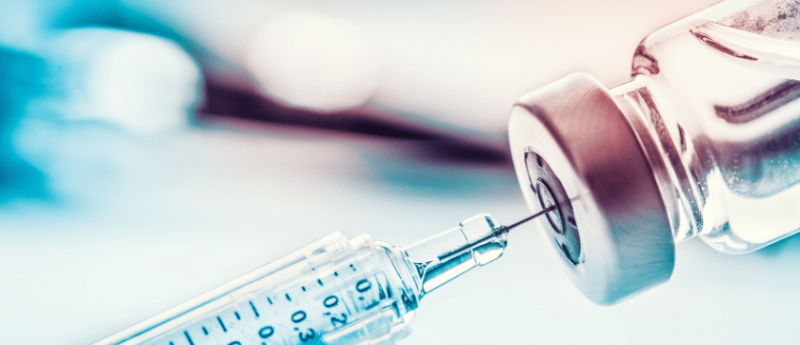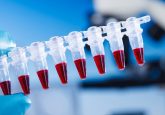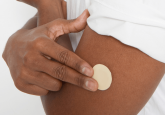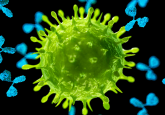COVID-19 nanovaccine in Phase I trial in the USA

Since the first cases of a mystery pneumonia in China were reported to the WHO in December 2019 and the novel coronavirus (2019-nCoV) was identified on the 7th January 2020, various research groups have been looking into the development of potential vaccines.
On the 11th March 2020 the WHO declared that the COVID-19 outbreak can be characterized as a pandemic.
In response to the outbreak, the need for therapeutic agents and vaccines is rapidly increasing. The specialized division, Chemical Abstracts Service (CAS; Columbus, OH, USA), of the American Chemical Society has issued a special report in ACS Central Science in which they surmise the current published information on such therapeutics and vaccines.
COVID-19 attacks the lower respiratory system causing viral pneumonia with symptoms including shortness of breath, fever and a cough. There is also evidence to suggest that it can affect the gastrointestinal system, heart, kidney, liver and central nervous system. The pandemic has – and will continue to have – devastating effects on people’s lives, health systems and the economy, all over the world.
Cynthia Liu (CAS) led the research group in reviewing upwards of 500 journal articles related to the COVID-19 virus published between the last week of December 2019 to the 1st March 2020. Over 500 patents have been issued for vaccines and other therapeutic agents including antibodies, cytokines and nucleic acids that could help in the prevention and treatment of COVID-19 infections. Due to the similarity of COVD-19 (also known as SARS-CoV-2) to previously encountered coronaviruses, SARS-CoV-1 and MERS-CoV, the researchers were able to look into vaccines and therapeutics that had been developed for the treatment of these coronaviruses, in the hope of using them against COVID-19.
Sign up to The Nanomed Zone for free
One of these vaccines – a virus-like particle (VLP) vaccine – patented in 2015 (by Novavax, MD, USA), for use against MERS-CoV, was the MERS-CoV nanoparticle VLP that contained a minimum of one trimer of a S protein that is produced from the overexpression of baculovirus in Sf9 cells. The vaccine incites a neutralizing antibody response in mice when administered in conjunction with their proprietary adjuvant Matrix M. At the end of February 2020 Novavax announced that they were launching animal tests in the hope of using this recombinant nanoparticle vaccine with Matrix-M against COVID-19.
Another strategy identified by the CAS research team is using mRNAs to make prophylactic vaccines, which mimic natural infection and cause a strong immune response, formulated in cationic lipid nanoparticles for improved intradermal administration. Moderna (Cambridge, MA, USA) released the first batch of their mRNA-1273 vaccine on the 24th February 2020 for use against COVID-19 in humans. The batch is to be tested at the National Institute of Allergy and Infectious Diseases (NIAID; MD, USA), a division of the National Institutes of Health (NIH) in a Phase 1 study in the USA.
The report highlights how hard researchers all over the world are working to find effective therapeutic and preventative measures to treat the COVID-19 outbreak and curb the pandemic.
For the latest updates on the use of nanovaccines for COVID-19, see our regular updates page here >>>
For access to all COVID-19 content visit our dedicated COVID-19 Hub here >>>





